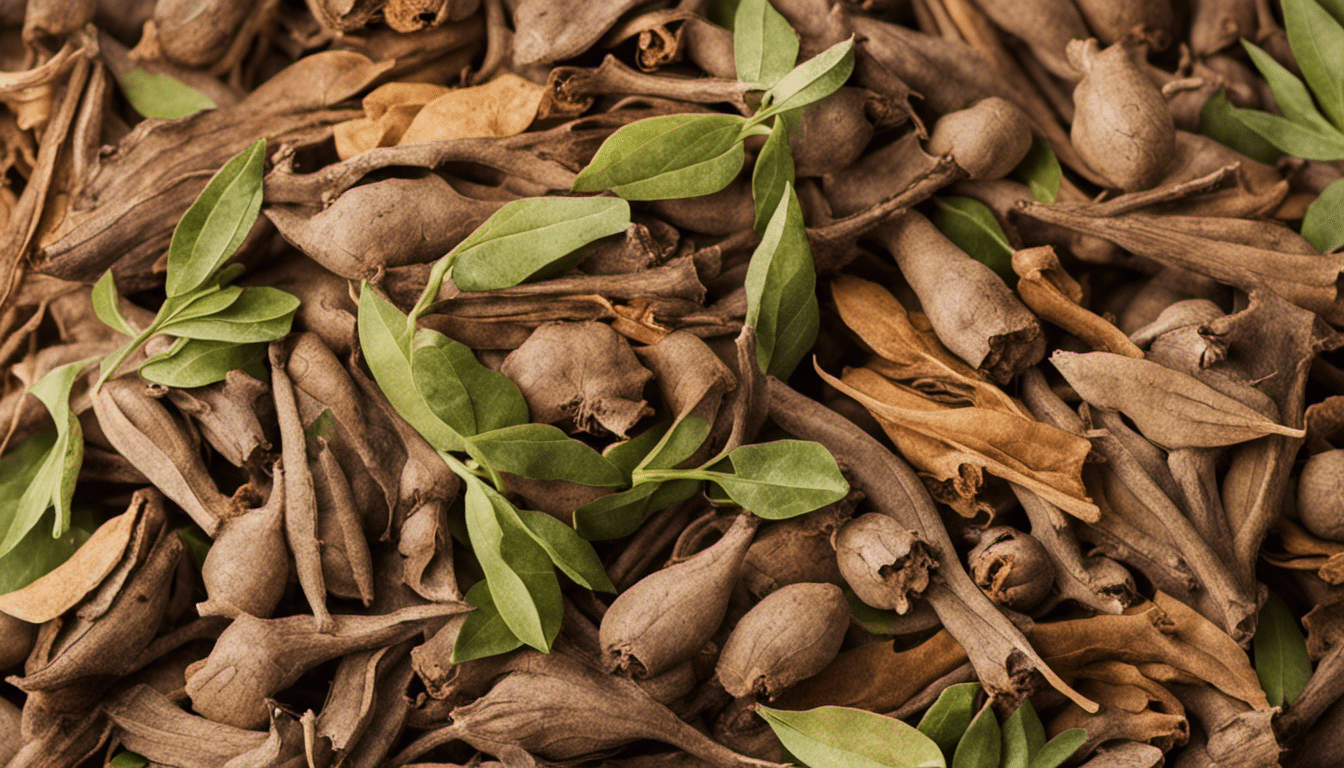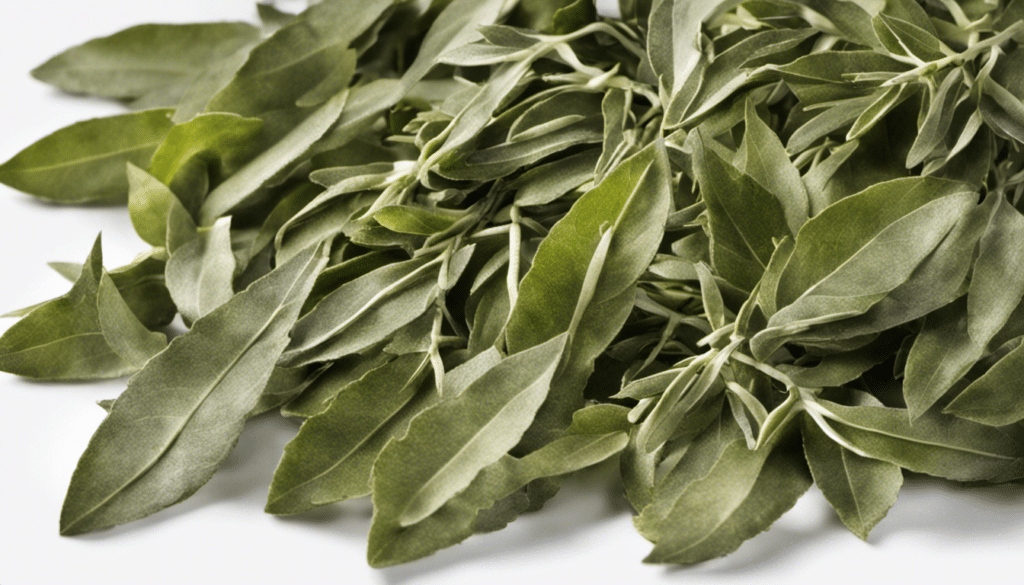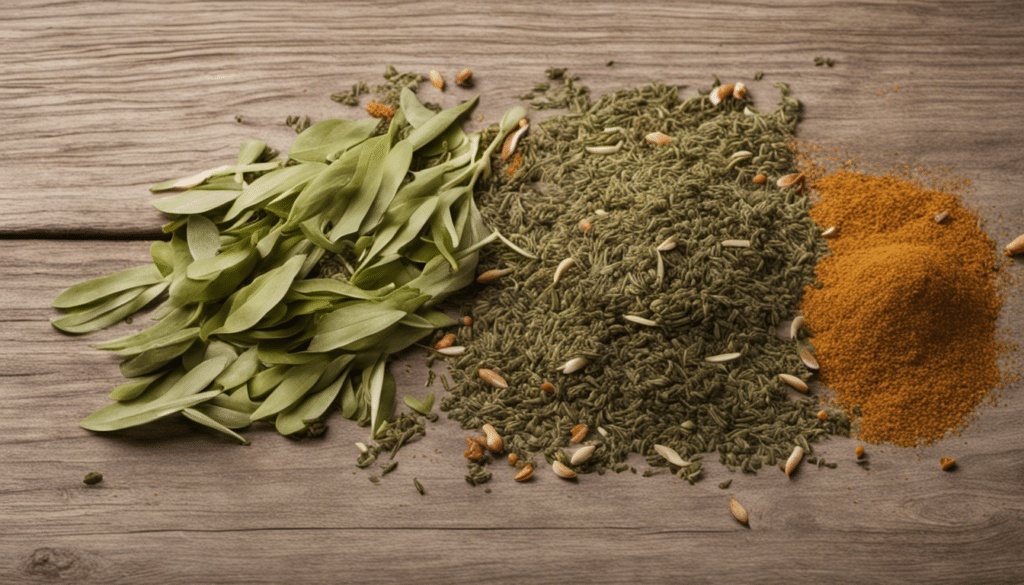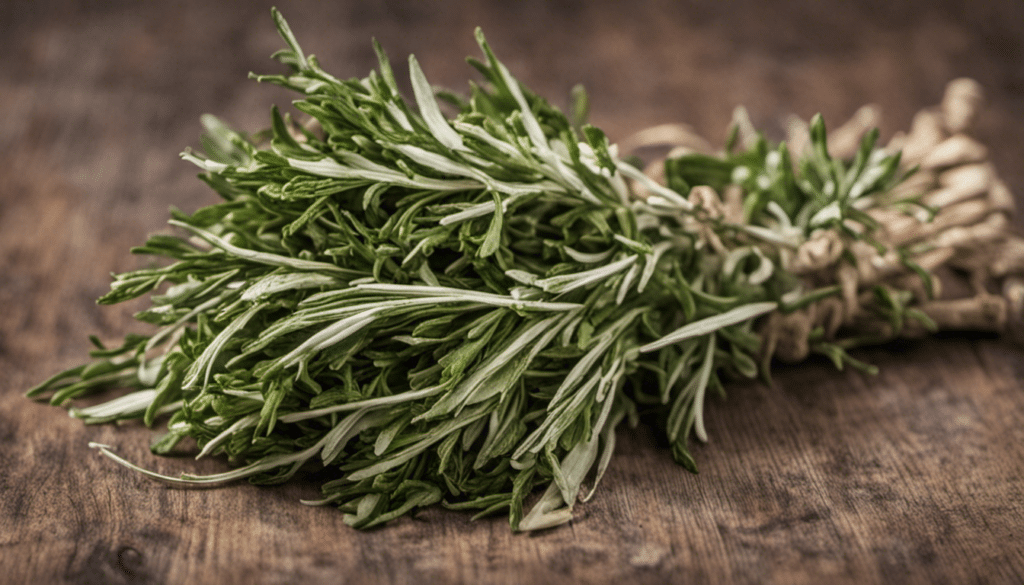Everything You Need to Know About Sassafras
Embark on an exploration of the fascinating world of herbs and spices with sassafras, a unique plant offering an array of benefits. Bursting with rich history and distinctive charm, this notorious herb serves as an inviting addition to both your kitchen pantry and herbal remedies collection. Before we delve into the details, let’s take a moment to appreciate the beauty of this multifaceted asset.
The Origins of Sassafras
Sassafras – identified by the scientific name Sassafras albidum – is a deciduous tree native to North America, extending from Eastern United States to Eastern Texas. It is also found in some regions of southern Ontario, Canada. Growing up to a staggering 100 feet, sassafras trees boast bright green leaves that are unique in design, displaying three different shapes on the same plant.
Historically, Native Americans widely used sassafras for its medicinal properties— from curing fevers to treating wounds. The aromatic tree has been recognized throughout history for its diverse applications. In the 17th century, sassafras was one of the most popular exports from America, primarily used in English medicines and as a flavouring agent in beverages.
Health Benefits and Uses
Now let’s adopt an herbalist’s perspective. Despite its historic ban by the FDA due to the presence of safrole—a compound linked to liver cancer—modern, safrole-free sassafras extracts carry an interesting mix of potential health benefits.
Sassafras exhibits antiseptic properties which can aid in the treatment of wounds and skin infections. Additionally, it’s known for its detoxifying function and often used in teas to promote overall body cleansing. The root bark of Sassafras is also used to treat rheumatism and arthritis because of its inflammation-reducing properties, although further studies are required to confirm these effects.
Beyond its medicinal uses, sassafras leaves have found a culinary home in Creole cooking, where they’re dried and crushed to form a spice known as filé powder, a key ingredient in traditional gumbo.
Other Names for Sassafras
Our sassafras journey wouldn’t be complete without mentioning the various pseudonyms attributed to this intriguing herb. Depending on where you are in the world, you might hear sassafras referred to by a handful of other names such as “aguetree”, “cinnamonwood”, or “saloop”. It’s even been poetically named the “golden elm” due to its bright autumnal foliage.
Whether you know it as sassafras, aguetree, or golden elm, this much is true: the sassafras tree is a captivating component of both culinary and medicinal worlds, deserving of its remarkable recognition throughout the centuries.
Sassafras Recipe Ideas
- Traditional Root Beer Recipe
- Sassafras Tea
- Sassy Sassafras Jelly
- Smoked Chicken with Sassafras Glaze
- Creole Gumbo with Sassafras
- Sassafras Roasted Pork
- Homemade Sassafras Biscuits
- Old-fashioned Sassafras Pudding
- Sassafras BBQ Sauce for Ribs
- Vegetarian Sassafras Soup




